Croatia Travel Guide
FL1 Digital

Dubrovnik
Croatia’s southernmost town, Dubrovnik is one of the most popular destinations in the country and home to a UNESCO listed World Heritage Site. A popular destination for tourists, Dubrovnik has become a must-visit location for anyone visiting Croatia. Here are some of the top attractions in the famous old city.

If you fancy a walk along the sea, Sveti Jakov Beach is just a 15-minute walk from Old Town and is a hugely popular spot among the locals. Or, if you’re looking to take to the water, a short boat trip from Old Town will take you to the island of Lokrum – a stunning nature park and popular swimming spot.

Lastly, any Game of Thrones fans will want to take a trip to Lovrijenac Fortress, the set for King’s Landing. A 14th Century fortress sitting atop a 37m high sea rock, it’s an absolute must-see for any visitors, and admission is included within the fee for entering the city walls.
Hvar
One of Croatia’s most famous islands, Hvar is renowned all over the world for its gorgeous waters, incredible sunshine and much-touted nightlife. But Croatia’s fourth largest island has more to offer than just sun, sea and hangovers – Hvar also delivers wonderful countryside, stunning lavender fields, incredible food and fascinating history and culture.

Split


Krka National Park
Named after the Krka River, this stunning national park covers 142 square kilometres, including two thirds of its namesake river. You will need to buy a ticket for admission to the park, which can be done online or on arrival – keep in mind that if you’re buying in person, you may have to queue during busy times of the year.

The main attraction of the park is undoubtedly the incredible waterfalls, including the iconic Skradinski Buk falls – a collection of 17 waterfalls that range in height. You’ll also want to see Roski Slap, a series of 12 waterfalls in a space of 450 metres.

Plitvice Lakes

Zagreb

Top of your list of things to do should be exploring the old town, known locally as Upper Town. You’ll find plenty of fascinating history and architecture, as well as historical characters strolling through the streets taking pictures with people. Be sure to check out Stone Gate while you’re there – the only remaining gate from the Old Town. If you visit between May and September, you can also take part in the Secrets of Gric – an interactive theatre night tour that lets visitors discover the historical side of the capital. Be sure to go on a Saturday rather than a Friday, when the show is in English.

Visit Croatia
We specialise in luxury, personalised holidays. Be sure to start your Croatia holiday planning by chatting with one of our travel advisors. They’ll make suitable recommendations for you and create your unique itinerary, in no time at all.
Read More
 Algarve
Algarve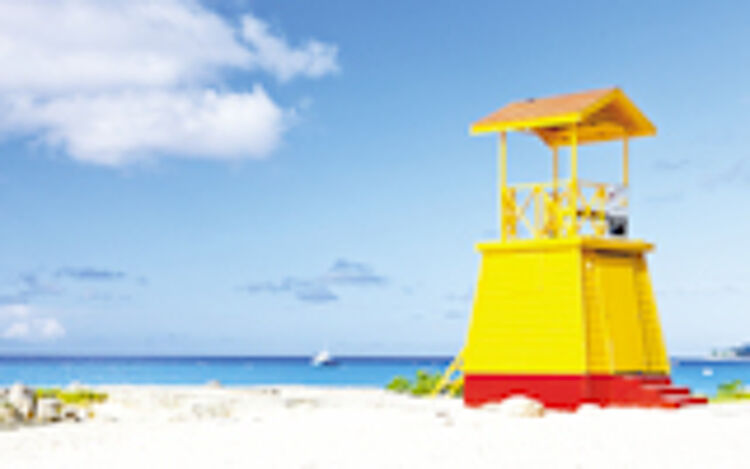 Barbados
Barbados Crete
Crete Croatia
Croatia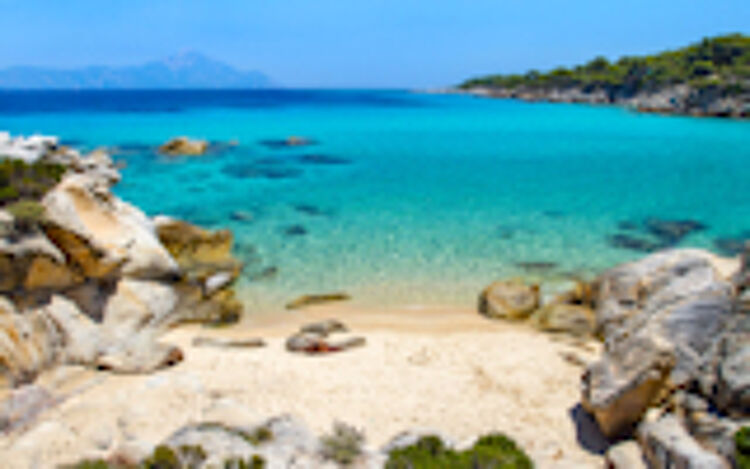 Halkidiki
Halkidiki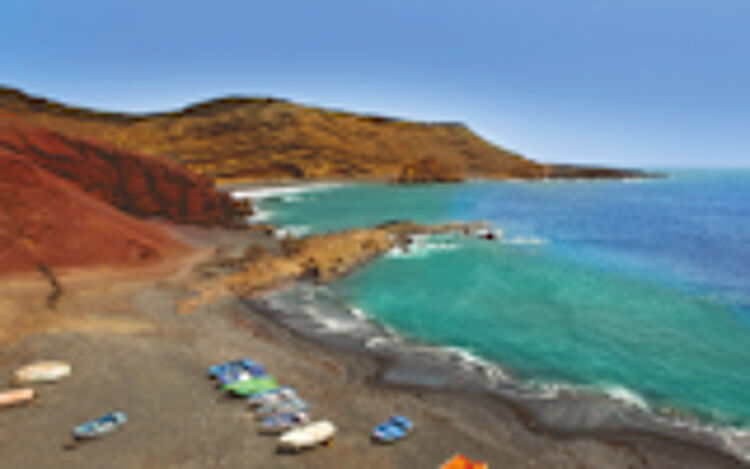 Lanzarote
Lanzarote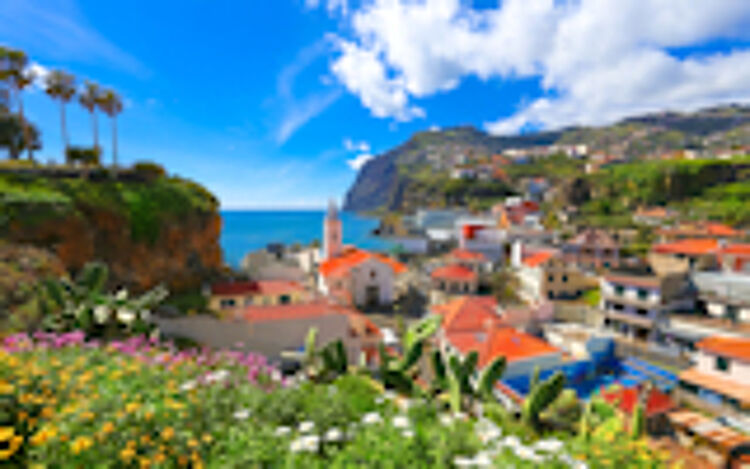 Madeira
Madeira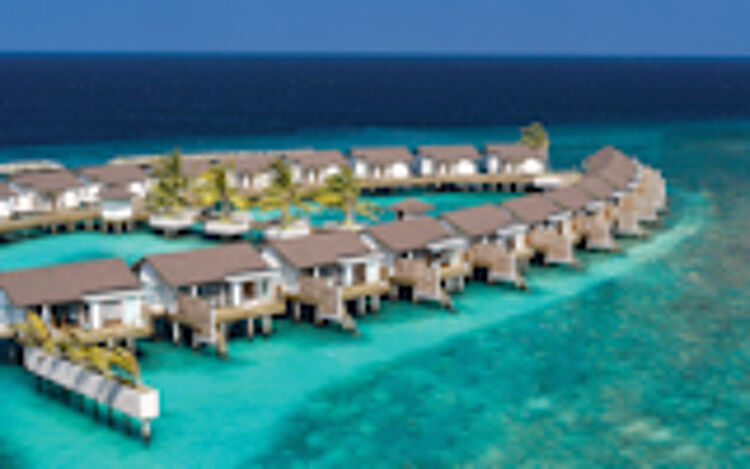 Maldives
Maldives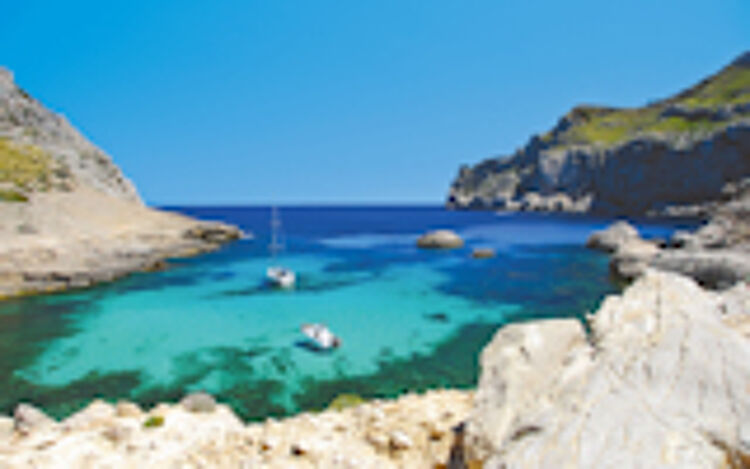 Mallorca
Mallorca Morocco
Morocco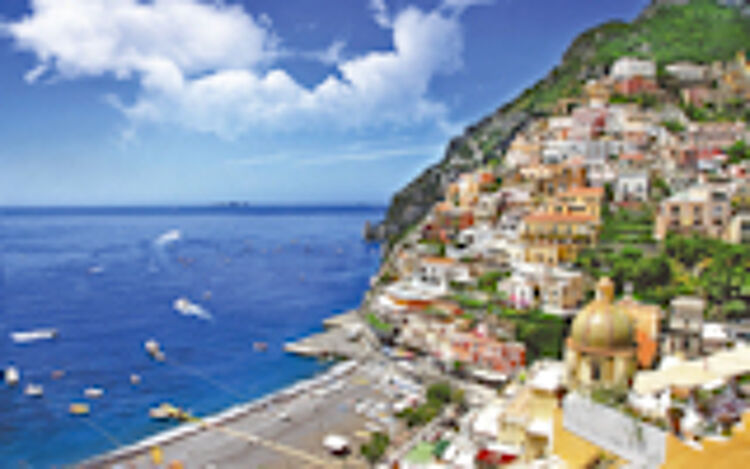 Sorrento & Amalfi Coast
Sorrento & Amalfi Coast Tenerife
Tenerife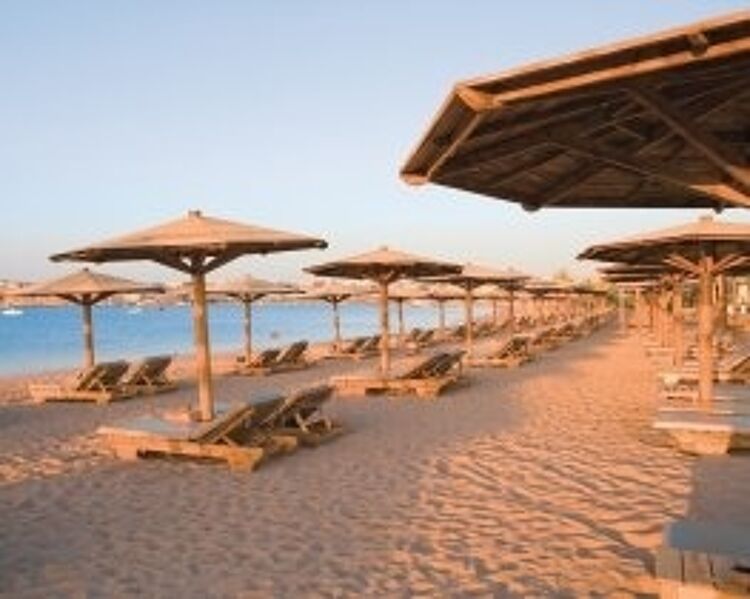 Egypt
Egypt Kenya
Kenya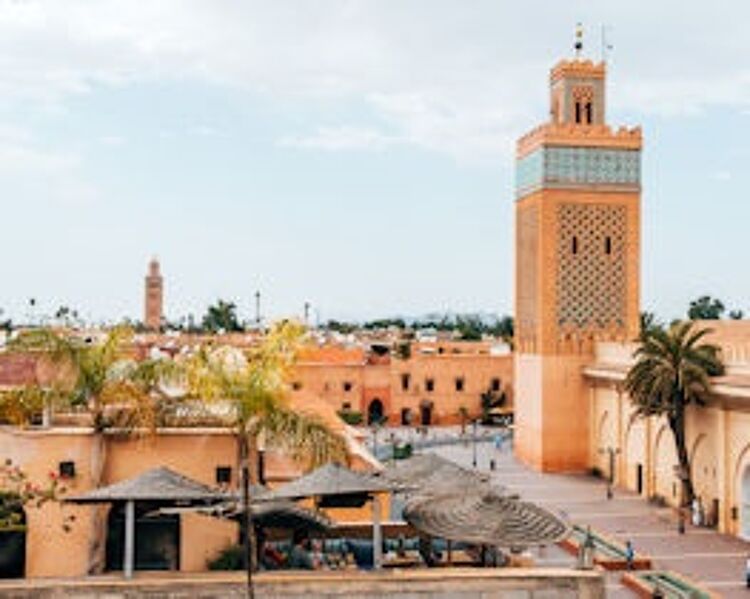 Morocco
Morocco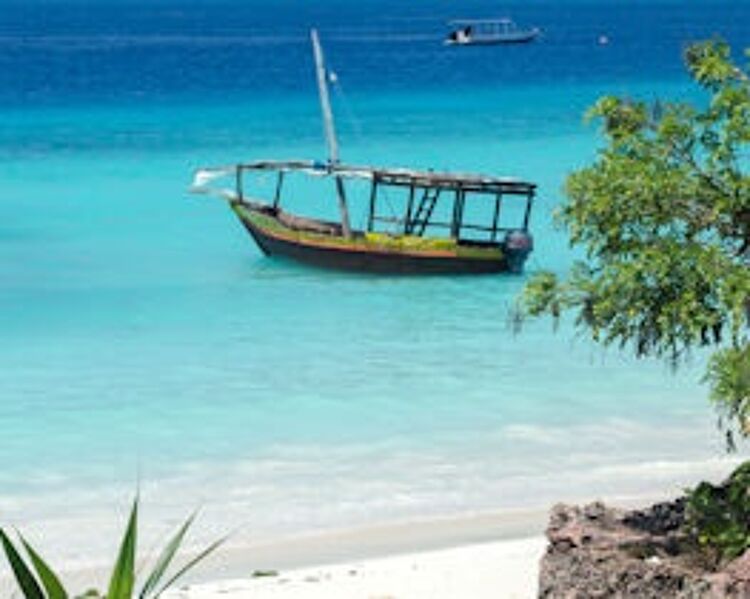 Tanzania
Tanzania South Africa
South Africa Antigua
Antigua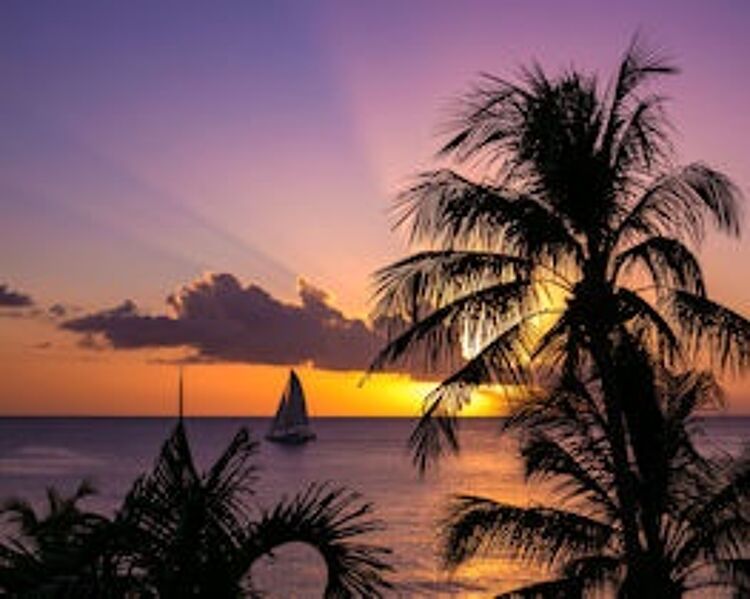 Barbados
Barbados Dominican Republic
Dominican Republic Grenada
Grenada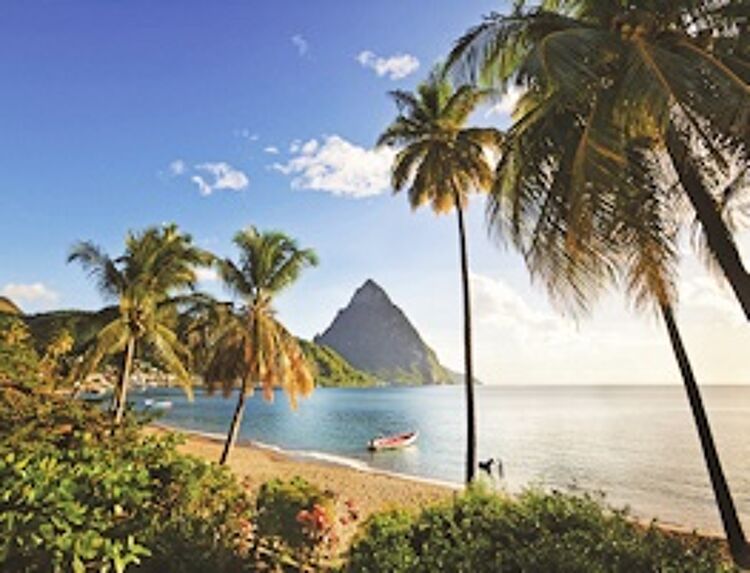 St Lucia
St Lucia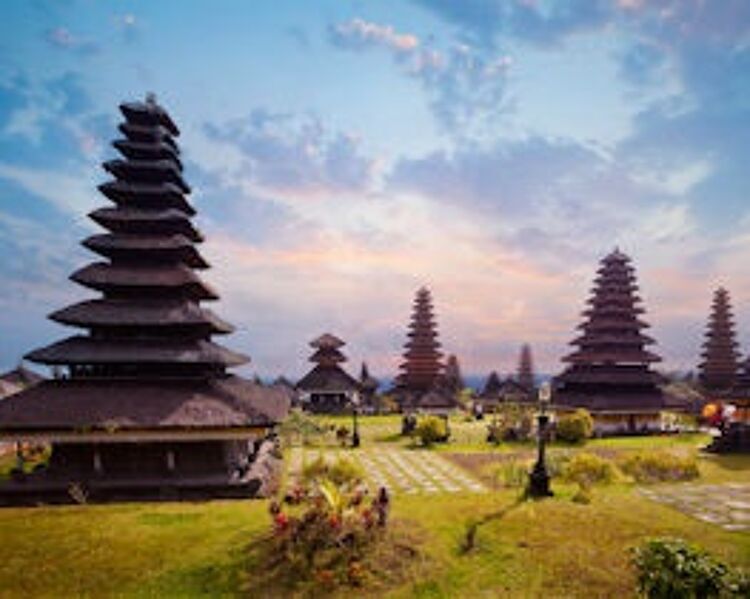 Indonesia
Indonesia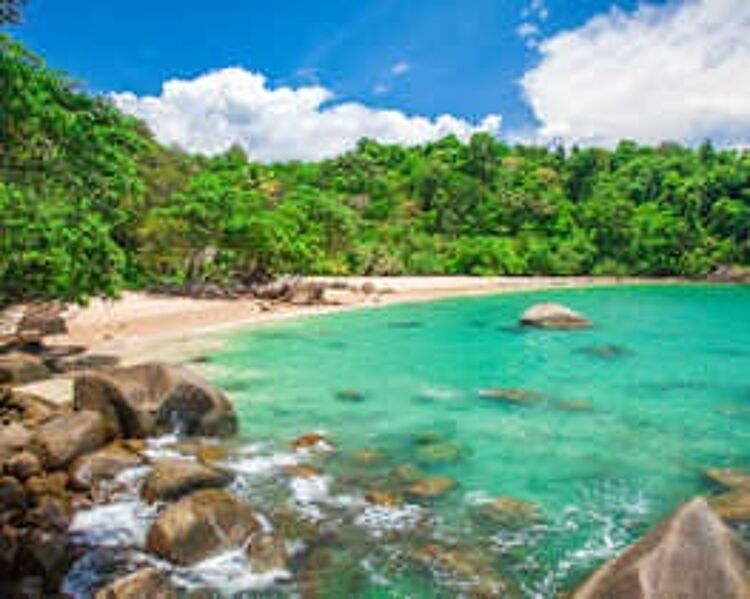 Thailand
Thailand Croatia
Croatia Cyprus
Cyprus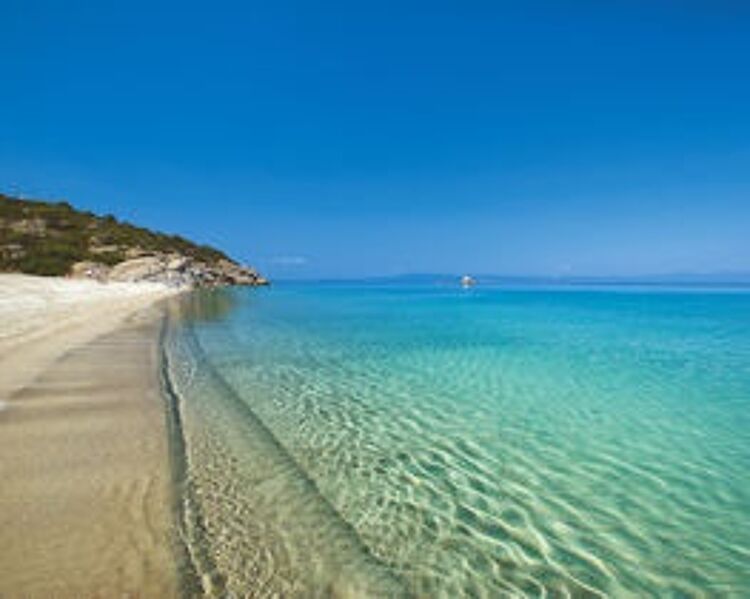 Greece
Greece Italy
Italy Malta
Malta Portugal
Portugal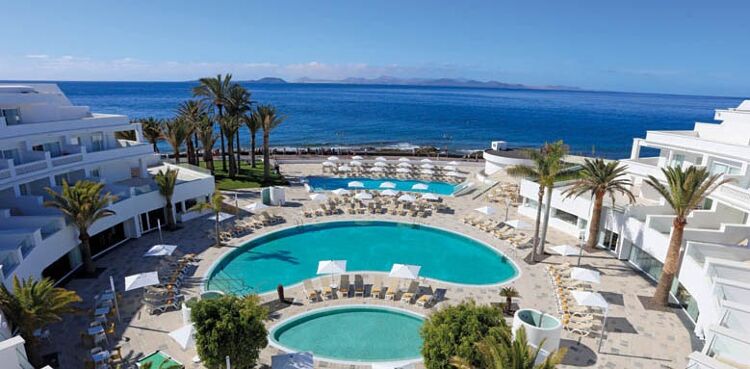 Spain
Spain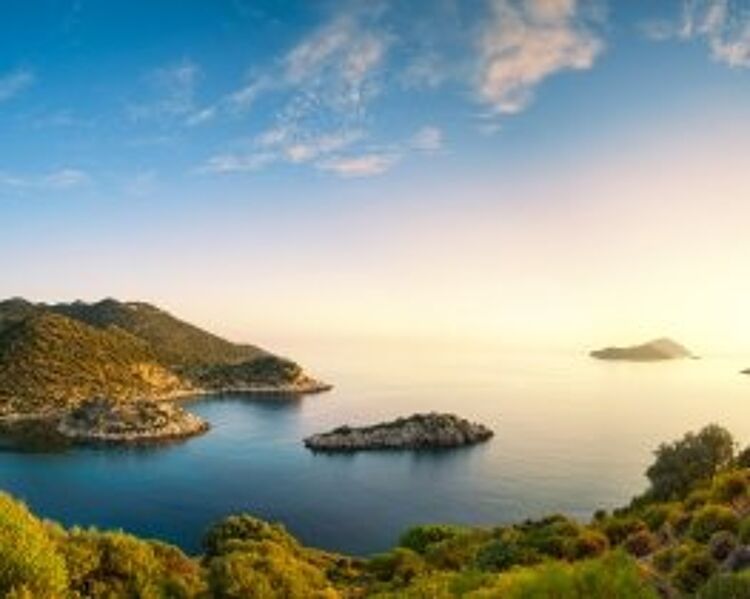 Turkey
Turkey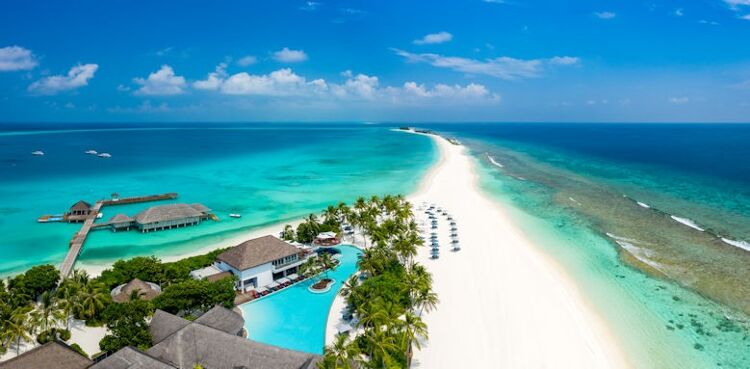 Maldives
Maldives Mauritius
Mauritius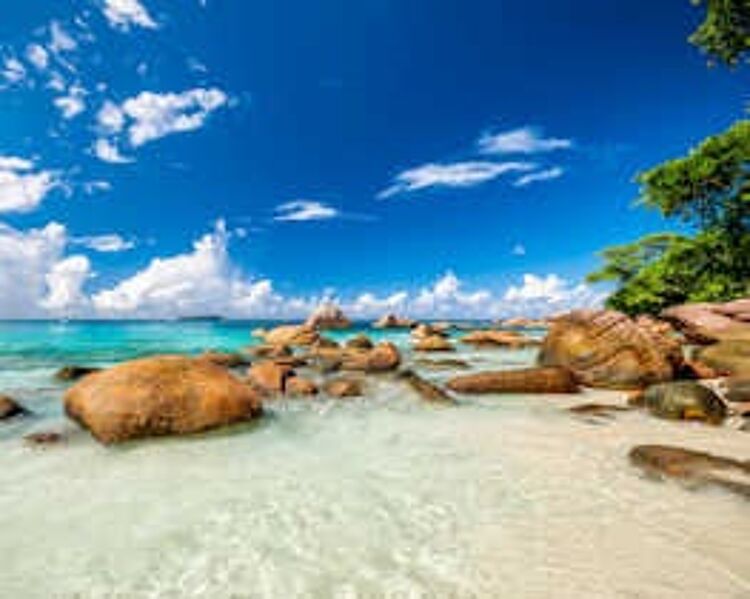 Seychelles
Seychelles Sri Lanka
Sri Lanka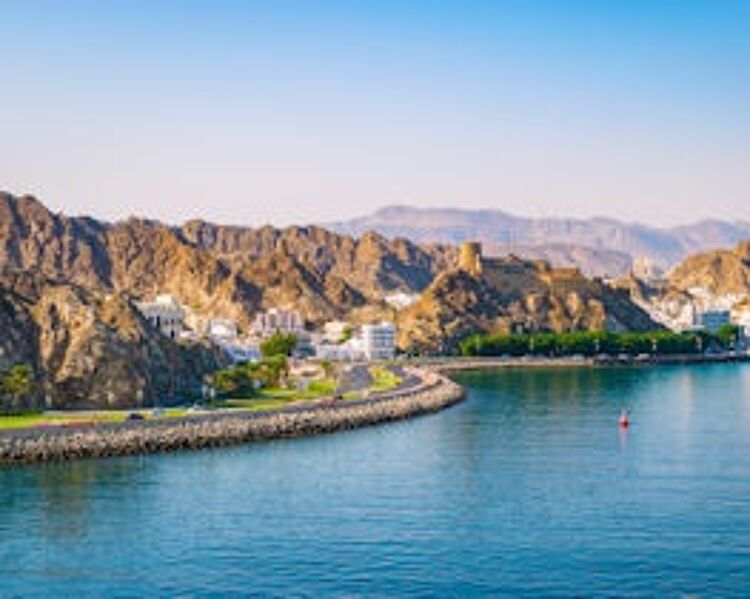 Oman
Oman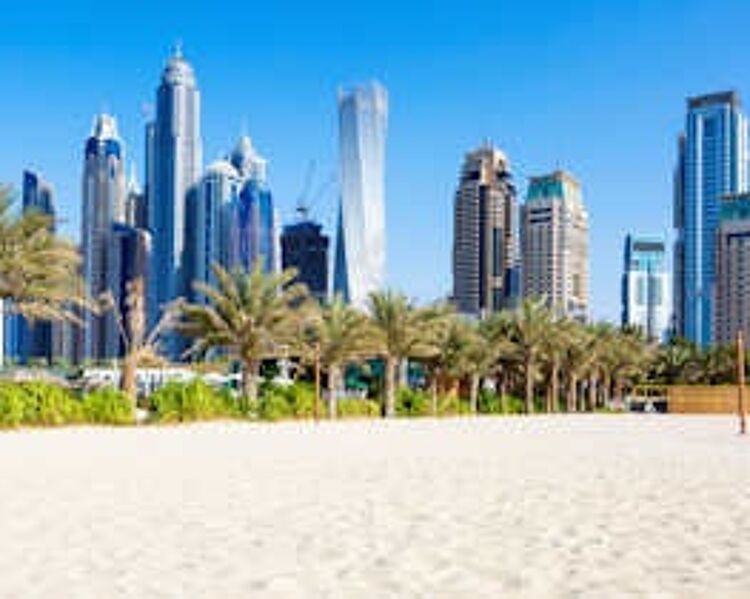 United Arab Emirates
United Arab Emirates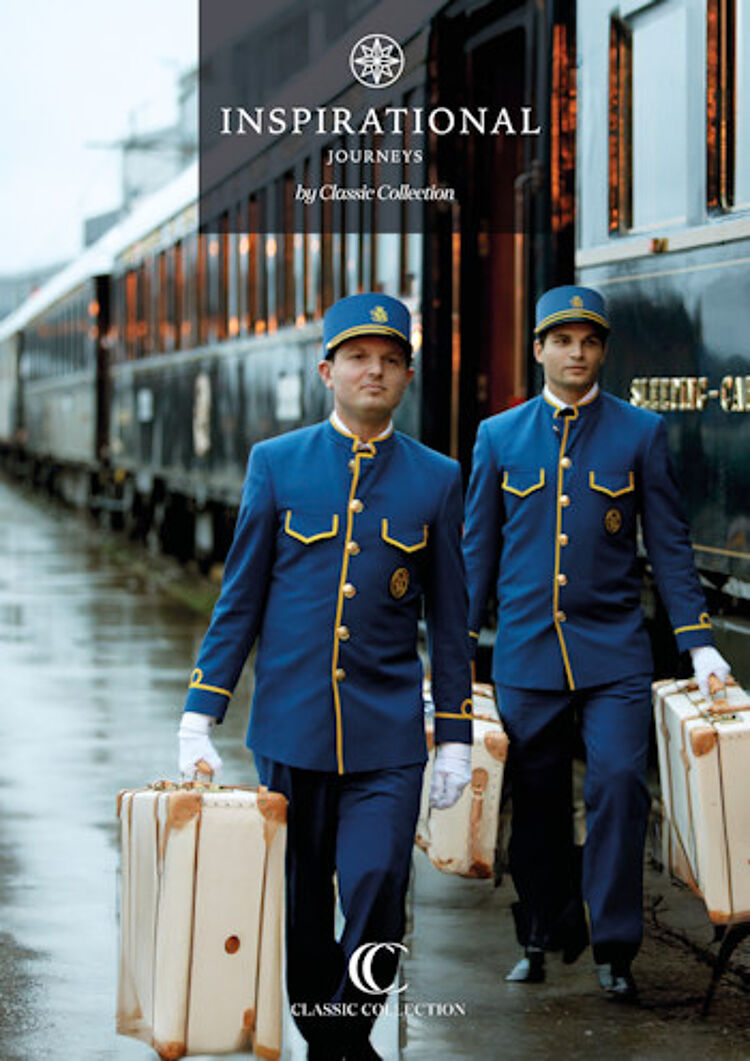
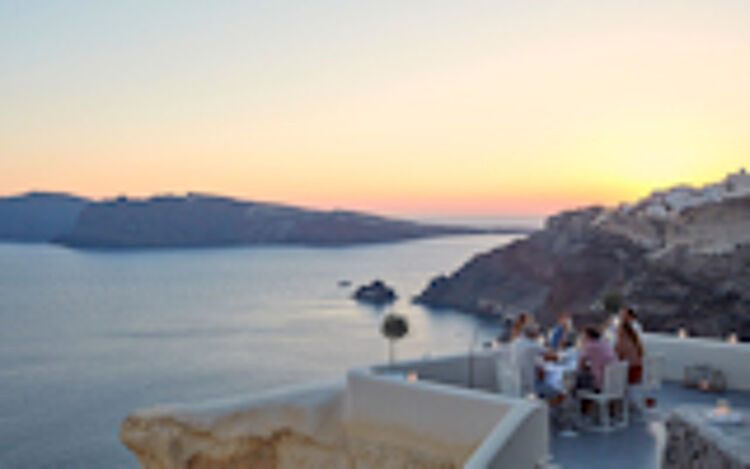 Adult Only Holidays
Adult Only Holidays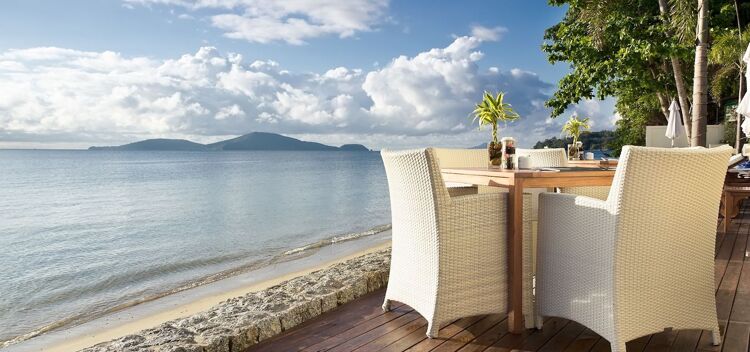 All Inclusive Holidays
All Inclusive Holidays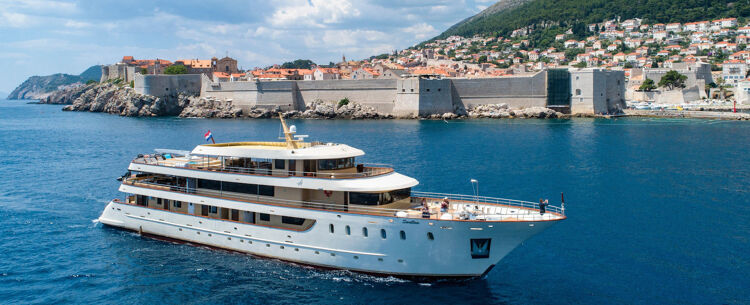 Boutique Cruises
Boutique Cruises Boutique Hotels
Boutique Hotels City Breaks
City Breaks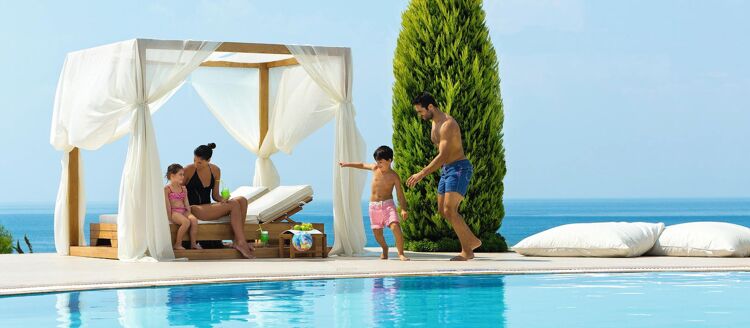 Family Holidays
Family Holidays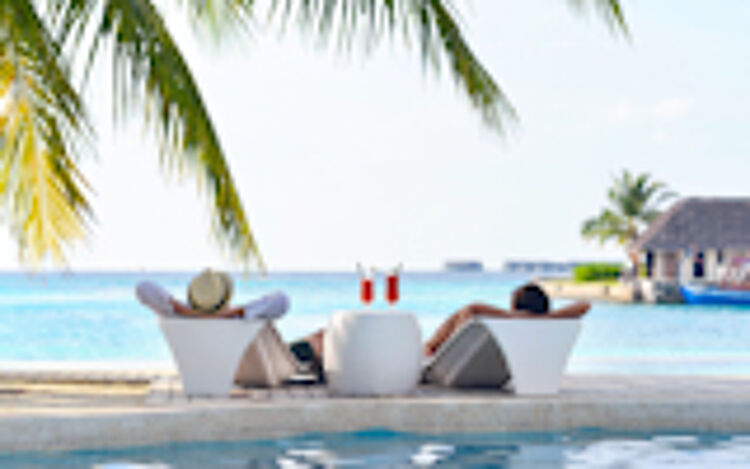 Honeymoon Holidays
Honeymoon Holidays Luxury Rail Holidays
Luxury Rail Holidays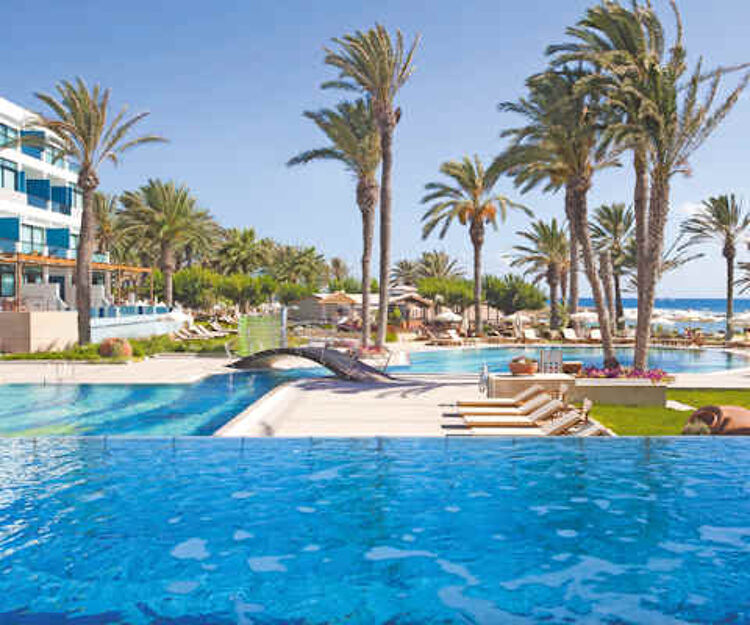 Multi Centre Holidays
Multi Centre Holidays Private & Escorted Tours
Private & Escorted Tours Spa & Wellness Holidays
Spa & Wellness Holidays Villa Holidays
Villa Holidays Golf Holidays
Golf Holidays Group Holidays
Group Holidays LGBTQ+ Luxury Holidays
LGBTQ+ Luxury Holidays Romantic Holidays
Romantic Holidays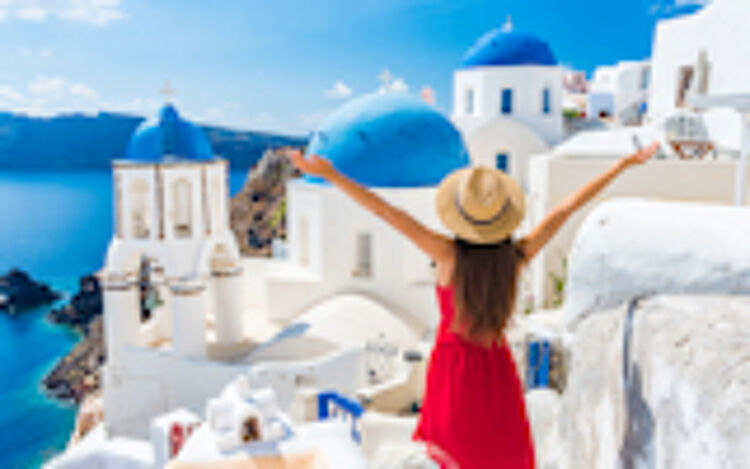 Greek Island Hopping
Greek Island Hopping Infinity Pools
Infinity Pools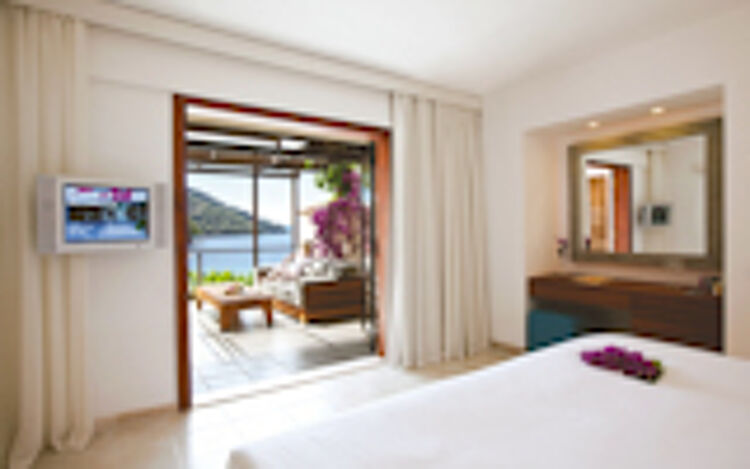 Interconnecting Rooms
Interconnecting Rooms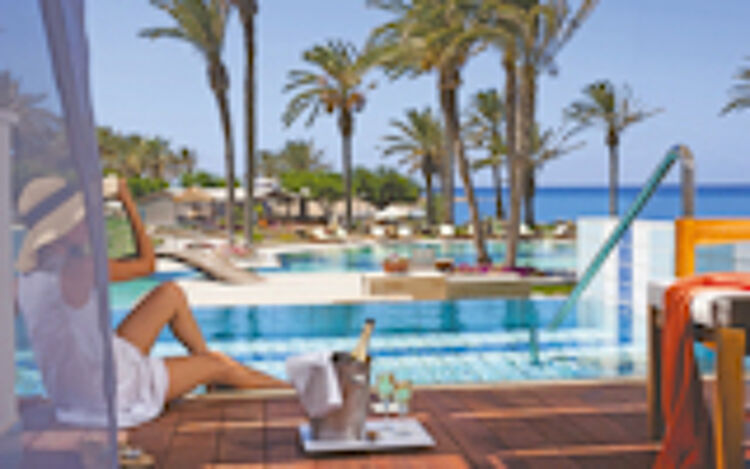 Private Pools
Private Pools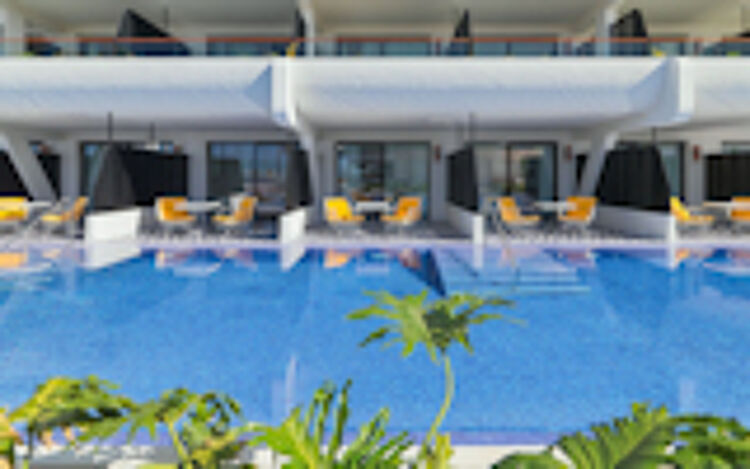 Swim Up Rooms
Swim Up Rooms Yoga Classes
Yoga Classes Blue Flag Beaches
Blue Flag Beaches Butler Service
Butler Service Michelin Star Dining
Michelin Star Dining



